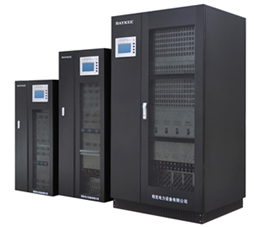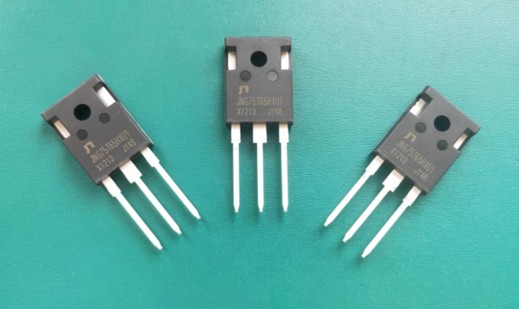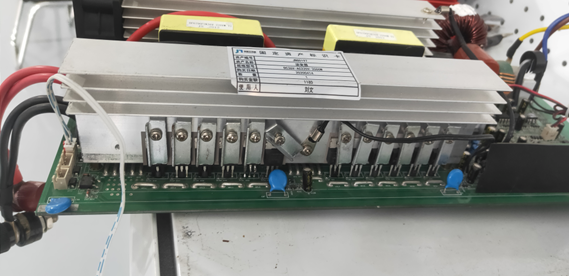The Main Components Of UPS Power Supply
In terms of structure, UPS power supply can be mainly composed of several main parts such as rectifier, inverter, bypass switch, battery, etc. The working principle of each part is different. This article will analyze the composition of UPS power supply and each component in detail Analysis of the principle function.

1. Rectifier Charger
The rectifier charger can change the AC power of the mains or the oil generator into DC power, and provide energy for the inverter and the battery. Its performance directly affects the input index of the UPS uninterruptible power supply. It has two main functions. One is to convert AC power into DC power and provide it to the load device or inverter after filtering. The other function is to provide a charging voltage for the battery, just like a charger.
1) Thyristor rectifier. Thyristor rectifiers have large output capacity, high reliability, low operating frequency, large filter volume, and large noise, and are suitable for UPS power supplies with low input voltage and high power.
2) Combination rectifier of diode and insulated gate bipolar transistor (IGBT). Diode + IGBT combined rectifier has high operating frequency, power factor correction function, small filter size, low noise and high reliability, and is suitable for small and medium power UPS power supplies.

2. Inverter
The inverter is mainly composed of three parts: filter circuit, control logic and inverter bridge.
The inverter is used to convert the rectified DC power of the mains or the DC power of the battery into AC power with relatively stable voltage and frequency, and its performance directly affects the output performance index of the UPS uninterruptible power supply. The IGBT inverter has high operating frequency (20kHz), small filter size, low noise and high reliability.

3. Bypass Switch
The bypass switch is set up to improve the reliability of the UPS uninterruptible power supply system, and can withstand the instantaneous overload or short circuit of the load. Because the inverter of the UPS uninterruptible power supply uses electronic devices, such as the overload capacity of the IGBT tube is only 125%, when the UPS power supply system is overloaded or short-circuited, the UPS power supply will automatically switch to the bypass to protect the UPS power supply. The inverter will not be damaged by overload. After the UPS power supply system is transferred to the bypass power supply, the load is directly supplied by the mains power. The large system capacity of the mains power can provide enough time to trip the circuit breaker of the overload or short-circuit circuit. After the system removes the overload or short-circuit circuit , the bypass switch will automatically switch back to the inverter to continue to supply power to other loads.
1) Static bypass switch. The static switch is a non-contact switch and is composed of a thyristor switching device. The so-called electronic static transfer switch is to connect a pair of anti-parallel fast thyristors together as a component of the UPS uninterruptible power supply when performing the switching operation from the mains bypass power supply to the inverter power supply. Compared with the switching time of small relays in milliseconds, it is only about one thousandth of that of small relays. Therefore, relying on this advanced technology, it is possible to realize uninterrupted power supply to the load with zero transition time. During normal operation, only one power supply in the inverter power supply circuit or the AC bypass power supply circuit supplies power to the load. Only when the UPS power supply needs to perform switching operations from the AC bypass power supply to the inverter power supply, will there be a short-term (about a few milliseconds to tens of milliseconds) situation where the two AC power supplies supply power to the load with overlapping time. Static switches can shorten the conversion time to less than milliseconds, or even within 100μs, but the loss is relatively large.


